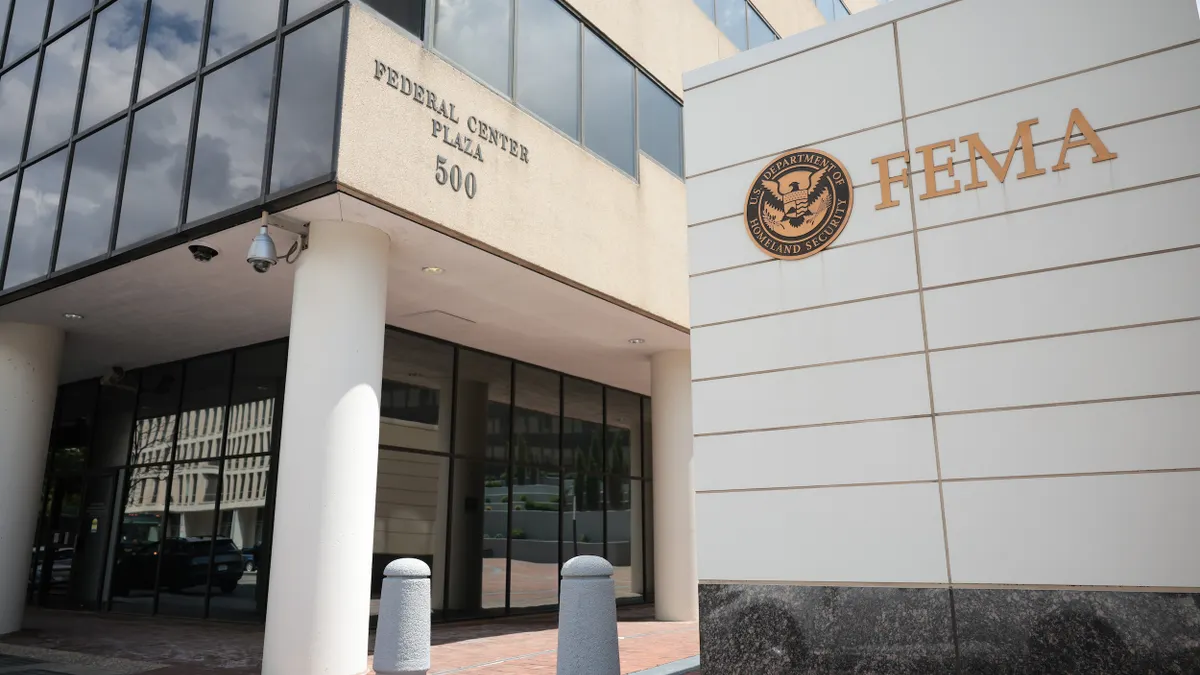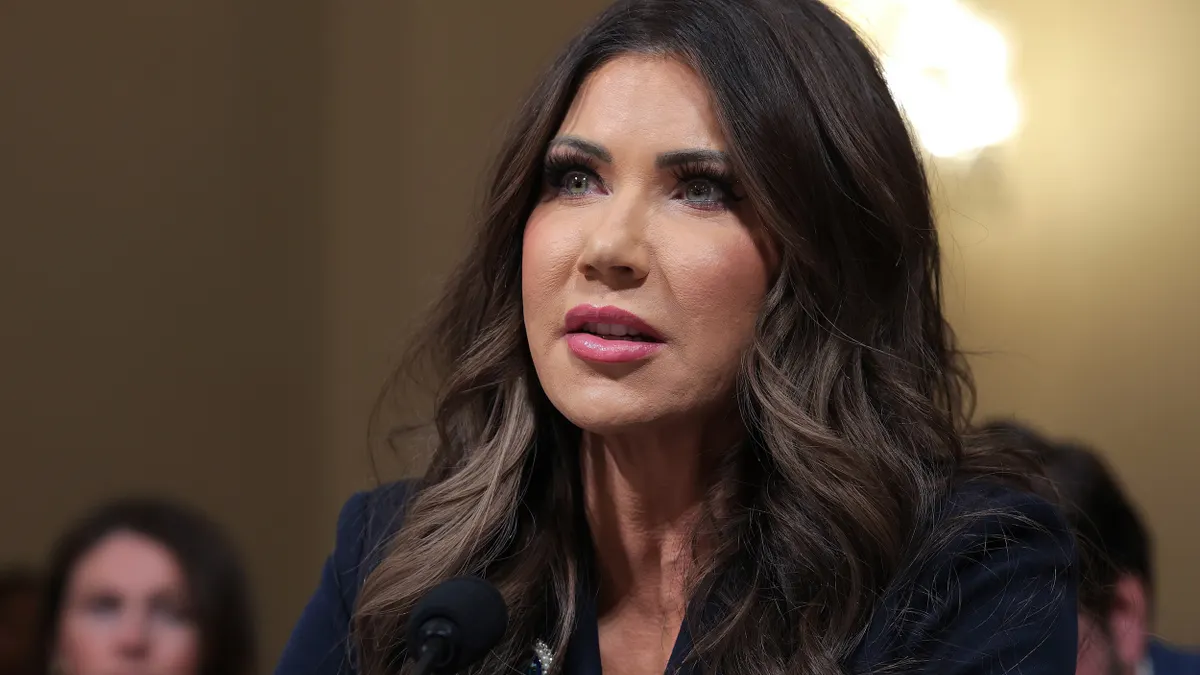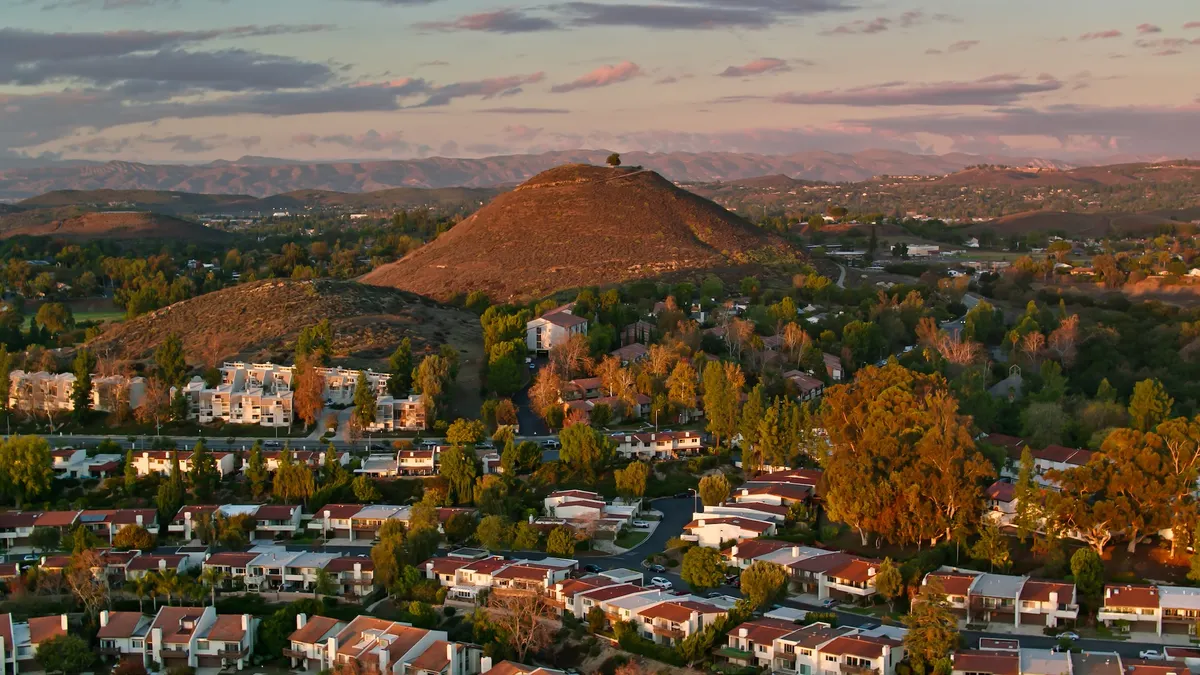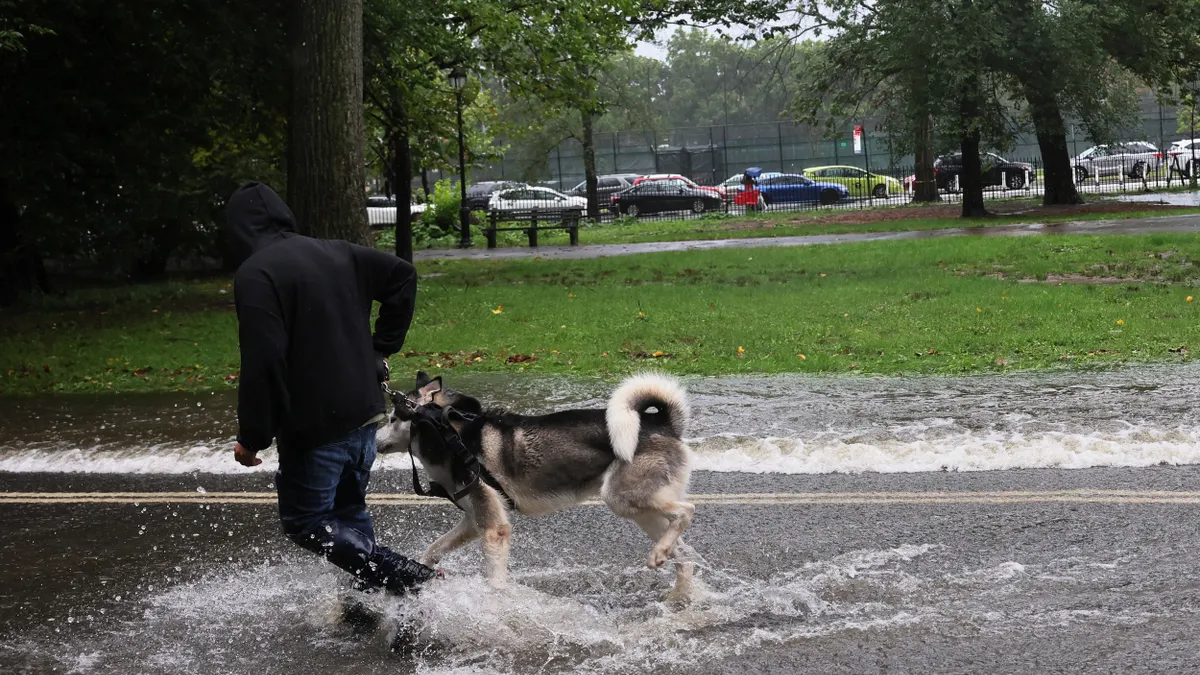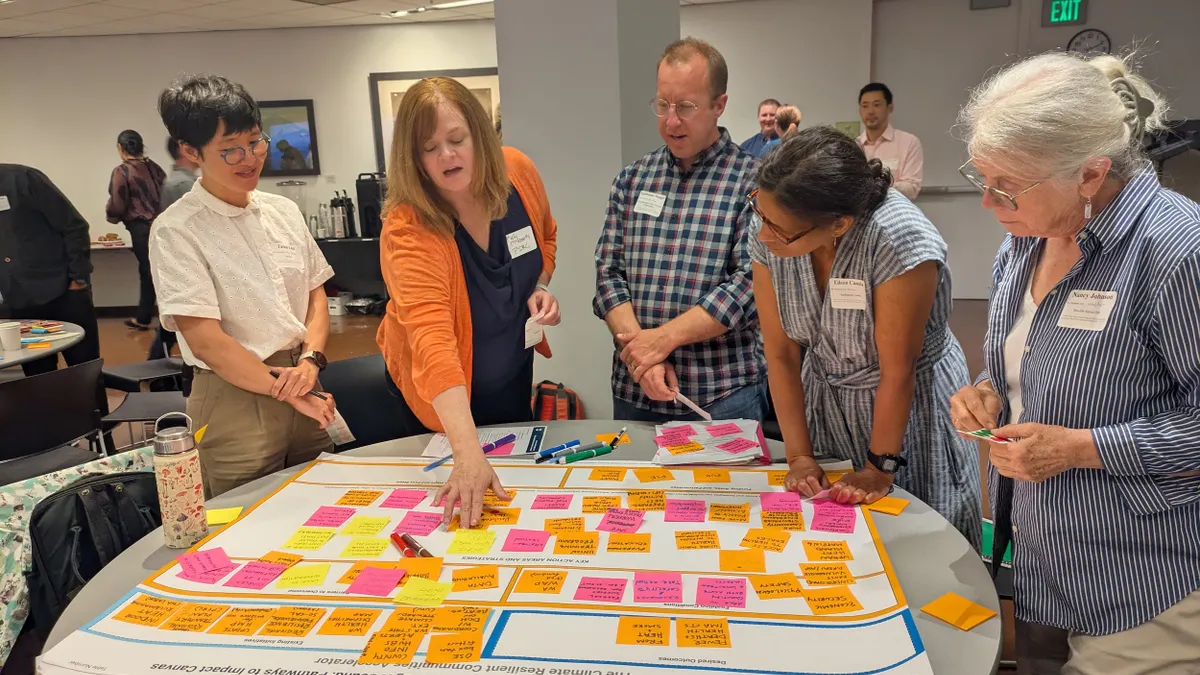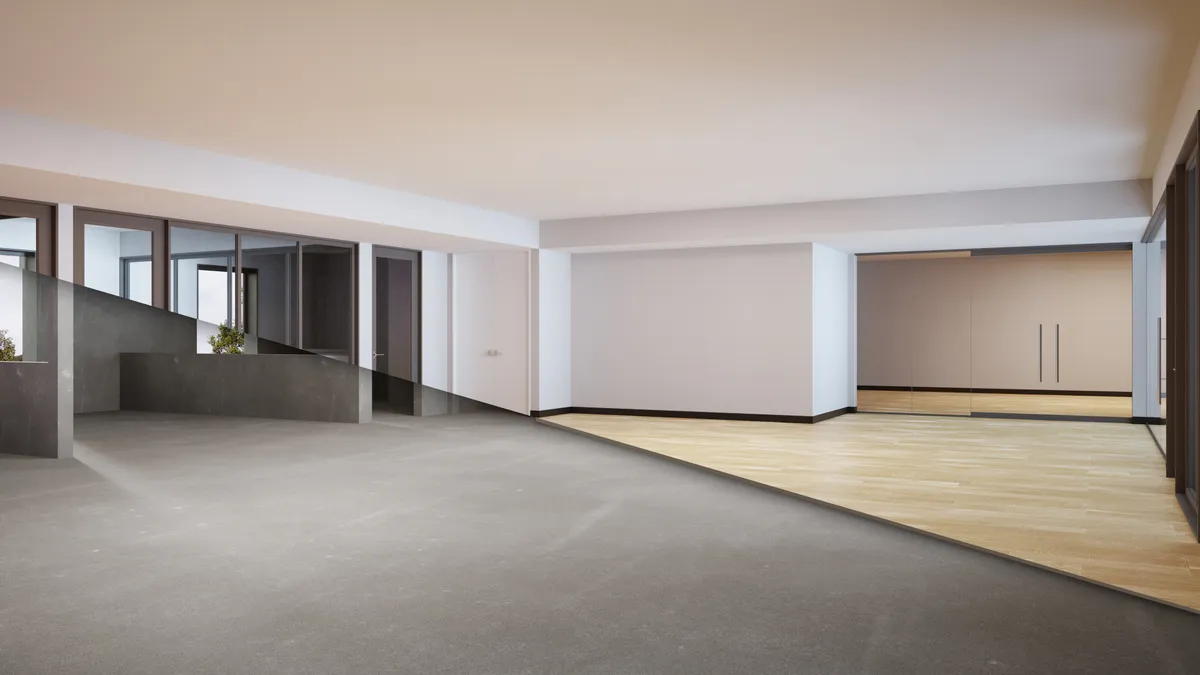Editor's Note: The following is a guest post from Raedtha Vasquez, attorney at Jones Walker LLP.
In recent years, sustainable communities have shared a variety of key similarities: comparatively high numbers of LEED and Energy Star buildings, increased renewable energy generation capabilities, wide-ranging "green industry" projects,brownfield remediation and restoration initiatives, innovation districts and more.
But how have things changed for the sustainable cities movement during the COVID-19 era? Will the changes wrought in response to the pandemic be merely temporary, or will they set the tone for the next decade? What will be the markers of successful municipalities in the future?
These are difficult questions, with many unknowns remaining: How long will the pandemic last? When it's "over" — whether through the development of effective treatment protocols, a generally available and effective vaccine, or a combination thereof — will we return to "normal," or will work and travel patterns, business growth and community cohesion be altered permanently?
The recent past
Pre-pandemic, cities and towns pursuing sustainability initiatives typically sought to increase demand for residential and commercial space by focusing on building regulations. Factors such as the size and shape of buildings; layout of interior spaces; thermal efficiency; traditional vs. renewable energy sources; and energy conservation codes served as focal points for policy development.
Well-managed transportation systems also played a key role in sustainability. Where transit systems were underdeveloped, the creation of compact, mixed-use neighborhoods helped shorten the distance between housing and jobs, reducing unnecessary car trips. With retail, office, educational, and residential properties in close proximity, residents were encouraged to use — and were sometimes rewarded for using — alternative forms of transportation such as walking and bicycling.
And green spaces took a prominent role in absorbing CO2 emissions. Regulations covering landscaping, stormwater management, erosion and sedimentation control were implemented to reduce land coverage and impervious surfaces.
Industrial CO2 sequestration technologies were harnessed to remove carbon emissions from the atmosphere and foster an active market for the stored compound. The available CO2 could then be redeployed for a number of manufacturing and production purposes such as enhanced oil recovery (EOR) and the production of beverages, fertilizer, polymers, and water-treatment and welding supplies, among other products.
Sequestration was particularly attractive in Louisiana, where naturally occurring underground geologic formations such as salt domes and pore spaces could be used to store CO2. To that end, the state passed legislation that promoted and regulated CO2 sequestration activities. In Baton Rouge, a project was launched to capture CO2 emissions from a landfill, which was then used to power oil and gas operations. And in Texas, CO2 generated from refinery activity began to be used to increase oil production, and a number of companies started testing biodiesel, solar and other renewable-energy solutions.
Finally, efforts were underway to move electrical generation plants closer to industry, businesses and homes. Energy capture-systems connected to storage devices and microgrids were being developed and implemented to reduce energy lost as escaped heat at generation and transmission points
Sustainable communities post-COVID-19
These initiatives and strategies have not been abandoned whole cloth amid COVID-19, but many of them must, by force, be modified in order to accommodate the challenges of living in a world in which this infection is a major concern.
Beyond current efforts to restart the economy, important decisions will need to be made to permanently address the cracks that the pandemic has exposed in our societal infrastructure. Will we go back to "normal" and hope that the next crisis has the frequency of a 100- or 500-year flood, or will we take steps now to prevent such outbreaks in the future?
Cities are drivers of innovation as well as economic and cultural progress. In recent decades, the population outflow of the mid-to-late 20th century has reversed, leaving cities from Seattle to New York to flourish. But with COVID-19, we have been reminded that those cities are highly susceptible to becoming hotspots of infectious disease, particularly of the type that rely on airborne transmission to spread — like coronaviruses.
The answer to COVID-19, however, is not necessarily to empty out cities. The pandemic has taught us that one-size-fits-all solutions have been ineffective at stopping the spread of the disease, and that what works at one point in time may not be as effective later, as infection rates change and shift locations. With this in mind, elected and administrative officials, economic development specialists and urban planning leadership will need to emphasize flexibility.
In the infrastructure sector, for example, transportation projects should be developed that don’t involve baked-in, single-option solutions that the city and their suburbs will be required to live — and reckon with — for decades to come. Rather than building a new highway, light-rail system or bikeway, it is conceivable and may be worthwhile to build arterials that could be converted to (or shared between) multiple modalities, the use of which could shift as needs change (or as people decide to forgo crowded trains and buses).
During the current pandemic, cities including Oakland, CA and Minneapolis have closed miles of city streets to allow for pedestrian traffic. As economies gradually reopen, lessons learned amid the closure of businesses and offices could be applied toward the creation of more efficient avenues that combine pedestrian and automobile lanes.
With respect to housing, is it better to create more density in cities, to move people back out to the suburbs, or to find a middle ground that includes smaller centers of social, creative, civic and business activity without replicating the issues that have plagued urban communities? Looking ahead, urban policymakers should seek to develop solutions and policies that provide the resources and flexibility public officials need to respond to changes and challenges at the local and hyperlocal levels.
The economic impact of the COVID-19 crisis is unprecedented. Facing lower tax revenues, municipalities will likely need to develop creative, non-monetary incentives that are attractive to businesses, real estate developers, and other drivers of growth. For example, initiatives and partnerships that improve broadband service and internet connectivity may help make areas more attractive to individuals and their employers.
At the business level, can commercial real estate developers design office and retail buildings that support remote and on-location work and omni-channel retail models, while also taking into account the practical realities of infection prevention and control? Landlords could be encouraged — and provided with necessary financial backup — to negotiate creative lease agreements with tenants that foster "operational resilience" and cooperation. Meanwhile, new and existing nursing homes and long-term-care facilities could be redesigned and restructured in a way that supports necessary social distancing without fully separating residents from life-affirming interactions and support.
Likewise, cultural institutions that traditionally reside in massive buildings could be reconfigured in ways that support in-person and off-site attendance and access. "Box in box" gallery design can help control the circulation of visitors to allow for more distance between individuals. Virtual exhibitions and content — such as the Children's Museum of Houston's daily virtual learning and activity offerings — can also allow for greater community outreach between real-time visits.
Principles of "health citizenship" — shared support and responsibility for the health of individuals and communities — has gained traction in recent months. Drawing on this momentum, municipalities can take this opportunity to address important questions involving access to core services, affordable housing, green spaces, and greater regional cooperation across jurisdictions. As the pandemic has demonstrated so clearly, no man, nor any city, is an island.
Ultimately, creating a better, sustainable future has always been a collective effort. To create thriving cities, address the challenges of climate change and foster the resilience necessary to deal with unforeseen crises, investors, businesses and government entities must work together to pursue shared objectives.






